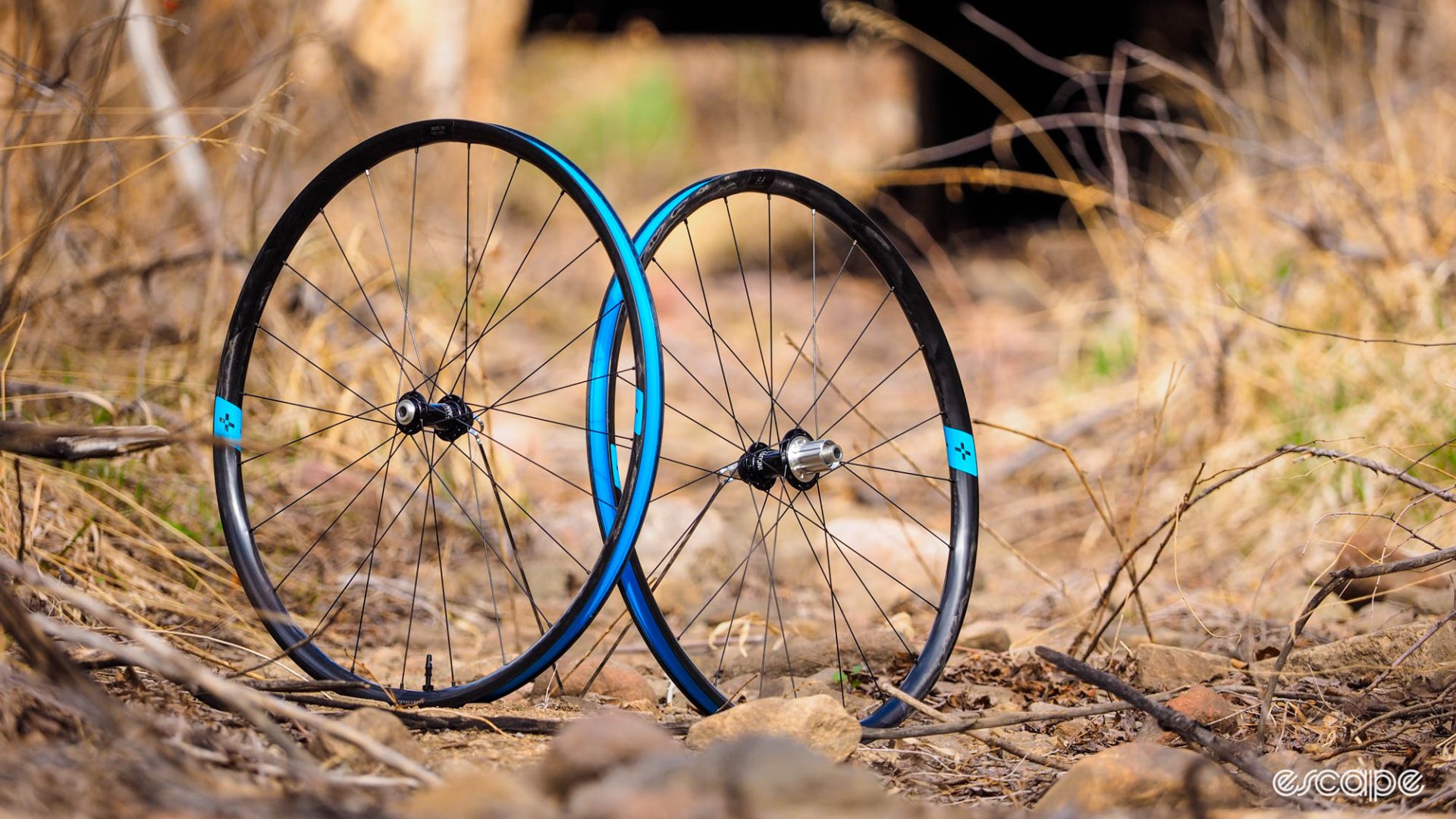Thermoplastic carbon fiber composite rims are becoming increasingly commonplace, but it perhaps isn’t well known that there’s just one company manufacturing all of them, regardless of the design or what brand’s logo is on the label. And that company would be CSS Composites in Gunnison, Utah, usually under the FusionFiber technology moniker.
CSS Composites is still actively pursuing its growing OEM business, but it’s also now offering wheels under its own brand name, Forge+Bond. The business case for this move strikes me as a bit fuzzy, but the last couple of months on a set of the Forge+Bond 25 GR gravel wheels at least reinforces the notion that these are another solid choice if you’re looking for a composite wheelset that offers a distinctly muted ride quality, competitive weight and pricing, and an excellent warranty.
Why thermoplastic?
Carbon fiber composite wheels are mostly made using traditional thermoset manufacturing methods. Grossly simplified, this comprises individual layers of carbon fiber that are pre-impregnated with liquid resin (hence the term, “pre-preg”) and carefully placed in a clamshell mold. That metal-and-composite sandwich is then baked under pressure until the resins are fully cured and cross-linked. The fibers provide the strength and stiffness, and the resins hold them together.
That process has been steadily refined over decades to the point where the finished products are now generally very light and reliable, and also a lot more affordable than they once were. However, the impact durability still isn’t what everyone would like for them to be – a key requirement for bicycle wheels – and the manufacturing process isn’t exactly the most environmentally friendly, either. Extra bits of raw material are usually just thrown away, as are finished rims that either don’t pass QC standards or are replaced under warranty.
On the other hand, thermoplastic composites supposedly provide a lot more flexibility.
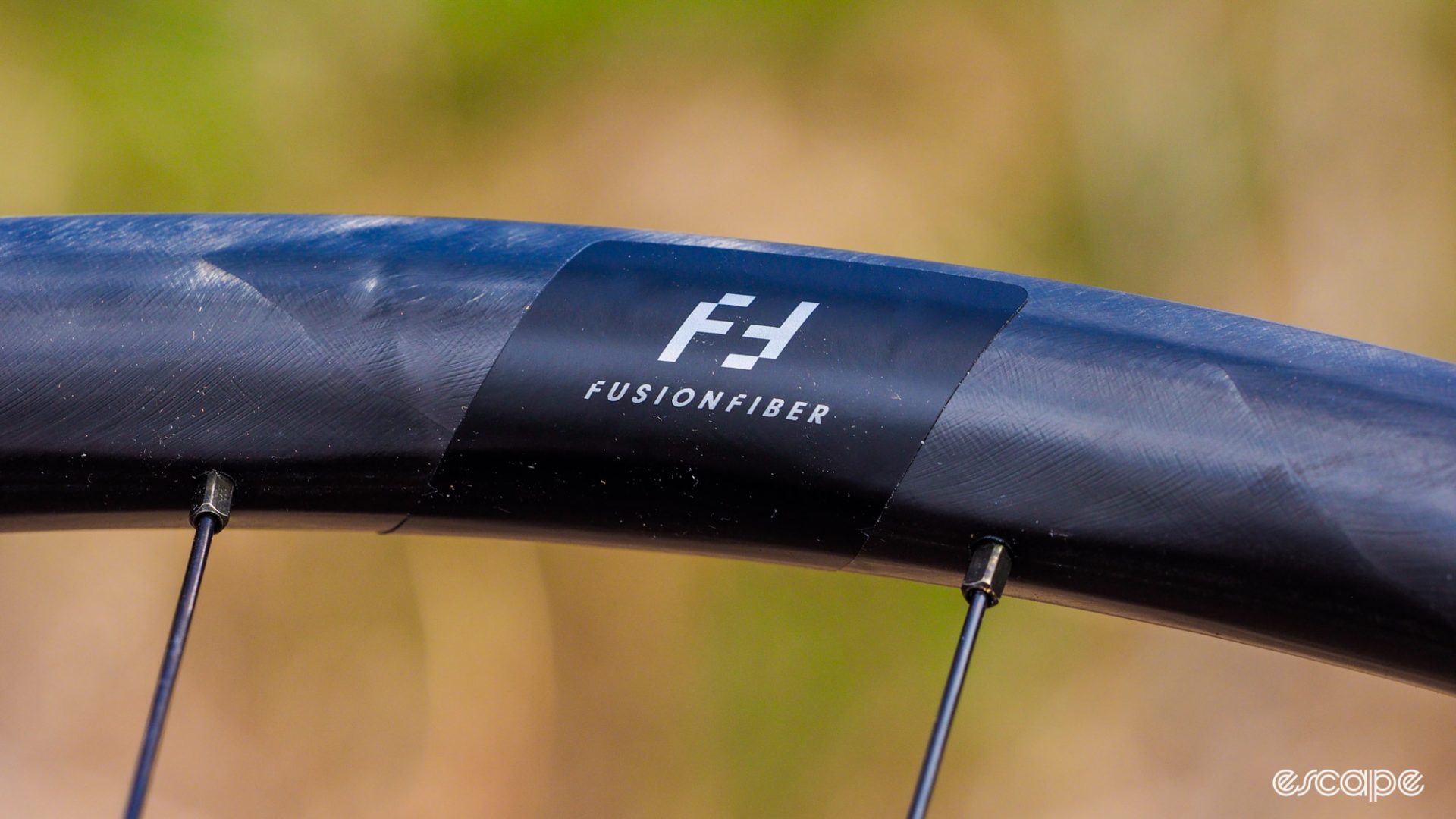
Whereas the resins used in thermosets form permanent chemical bonds during the curing process that can’t be undone, thermoplastic polymers instead harden reversibly, meaning they can be re-heated and re-used. Thermoplastic composites are also usually more ductile, so rims made out of it are often better able to take impacts without cracking, and they typically damp vibration more effectively for a more muted ride quality. However, thermoplastic parts also tend to be a little heavier than equivalent thermosets, as well as less rigid (although it’s debatable how stiff you want a rim to be, anyway).
The secret sauce
Although the concept behind making a thermoplastic rim seems straightforward enough, the fact only one company to date has managed to crack the formula is a strong testament to the real-world difficulties of actually doing so. CSS is understandably coy about exactly how it makes its rims, although the handful of in-process images provided and the Forge+Bond brand name itself offers some clues.
Each rim is created from three different subassemblies: the left sidewall, the right sidewall, and a C-shaped tire bed. Interestingly, the sidewalls are initially formed as flat sheets, which are later re-heated and pressed into a more rim-shaped section. Eventually, the three pieces are somehow joined together to form the final rim – hence “forge” and “bond”.

CSS describes the whole thing as a “3D puzzle”, with multiple shaping processes and five thermal cycles in total. Most of the process is also automated to reduce human error that can be associated with fiber placement. That also reduces the amount of waste, and CSS says the bulk of the manual labor entails just moving materials around the company’s Utah factory.
According to CSS, any leftover materials (whether pre- or post-consumer) are re-formed into fancy (and quite expensive) thermoplastic carbon fiber tire levers. Other recycled parts are being considered.
“At the most general level, FusionFiber offers a much tougher product than thermosets and I want to stress that there is more of a benefit to the consumer or rider than just pure performance,” said Forge+Bond’s chief engineer, Kell Kirby. “Our process and material offers a more responsible way to handle composites than thermosets can ever offer. We’re truly trying to own the lifecycle of the product in a way that can’t be done with thermosets and that’s a really important part of this story and the benefit for a rider and the planet.”
The Forge+Bond GR 25
Forge+Bond currently has just two wheel models in its catalog, although at least three more are in the near-term pipeline. For now, the company is only selling wheels in the United States and Canada.
On the enduro side, there’s the 30 EM with a beefy 30 mm-wide (internal width) thermoplastic carbon fiber rim for use with 2.3-2.6”-wide tires. And then for gravel, there’s the 25 GR model being reviewed here, built with a more gravel-friendly 25 mm width (internal) and 25 mm-deep profile for use with 32-47 mm-wide tires.

The rims themselves feature a lay-up schedule that Forge+Bond describes as “Radial Cross-Ply”, which is sort of akin to a carbon fiber pinwheel in terms of how the plies are arranged and how it looks. Forge+Bond also uses a variable-thickness spoke bed called NXT to provide additional pull-through strength – apparently one of the hardest parts about designing a thermoplastic rim – and the overall cross-section is intentionally shallow to provide a more comfortable ride. Claimed rim weight is 380 g.
Forge+Bond pairs those rims with box-stock Industry Nine Classic Road Disc CL hubs and Sapim CX-Ray bladed stainless steel spokes with exposed nipples in a conventional 24-hole, two-hole pattern. There’s no proprietary stuff to be found.
Claimed weight is 1,510 g for the complete set, but my samples actually came in a bit under-weight at 1,485 g (with pre-installed tubeless tape, without valves). Surprisingly nice tubeless valves are included – they’re even compatible with foam inserts – and Forge+Bond covers the whole shebang with an impressively comprehensive lifetime warranty policy. In a nutshell, if a rim is damaged “during normal intended use”, Forge+Bond will replace it for free. Other incidents (such as inadvertently running the thing over with your car) are covered by a “cost-effective ‘crash replacement’.”

Build quality on my test set was very good, with appropriate and very even spoke tension throughout (with the exception of two spokes – one on the tighter side and one on the looser side – up front). Both wheels were also dead-on for trueness and roundness.
Tire installation and inflation were also a breeze, with no tire levers required for most models I sampled, and easy seating with a good high-volume floor pump (my trusty old Topeak Joe Blow two-chamber pump continues to be handy in this regard).
Stealthily smooth
I’ve ridden a handful of thermoplastic wheels now, and I have to admit that these Forge+Bond 25 GRs feel … well, a lot like the other ones. That’s a good thing, although it does add to some confusion that I’ll get to shortly.
In terms of ride quality, the 25 GR wheels feel conspicuously smooth and unusually damped, with a planted personality that gives you the sensation of being firmly stuck to the ground. That muted feel shouldn’t be confused with flexiness, however, as they’re still impressively snappy under power with highly precise handling. It’s just that you’re bouncing around less than typical thermoset carbon fiber wheels (certainly compared to some ultra-stiff models), and your hands are subjected to less vibration and harshness than usual.
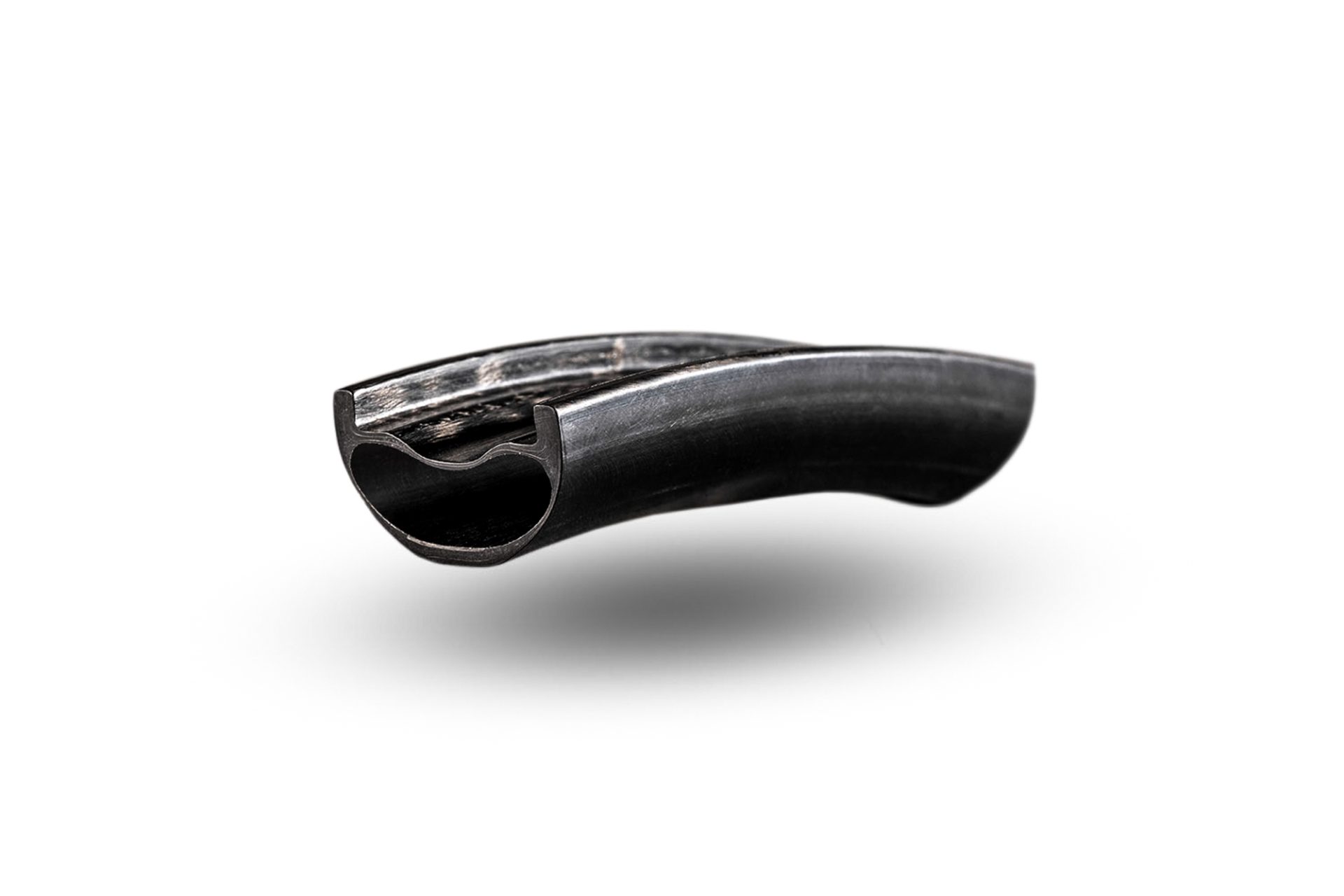
That said, there’s a more subtle distinction between the smooth ride quality of the 25 GRs and a good shallow-section aluminum wheel (like my DT Swiss GR 1600 benchmark), though it’s still there. And while some might immediately conclude aluminum wheels are still the way to go, keep in mind that a number of the more severe direct impacts I experienced with the 25 GRs (sorry, Forge+Bond!) very likely would have ended up denting an aluminum rim.
Despite a fair bit of abuse, the wheels have held up just fine. There was a bit of initial popping and pinging that I normally associate with a less-than-thorough de-stressing process (Forge+Bond attributes it to the Sapim MG spoke head washers used, saying some first-ride noise is “totally normal”), and I could also feel the Industry Nine ratchet ring seating a hair during the first couple of hard pedal strokes. Aside from that, there was no visual evidence whatsoever of the various rocks and roots I pounded the wheels through, and they’ve remained straight and round.
Speaking of hubs, this was yet another positive experience I’ve now had with Industry Nine’s Torch Classic Road CL model. They’re impressively sleek-looking and light, and the engagement speed is snappy at just 6°. Some may find the triple-pawl freehub to be a little buzzy and loud (which it is), but it’s still nowhere near as offensive as the latest models from DT Swiss Ratchet EXP or Cadex.
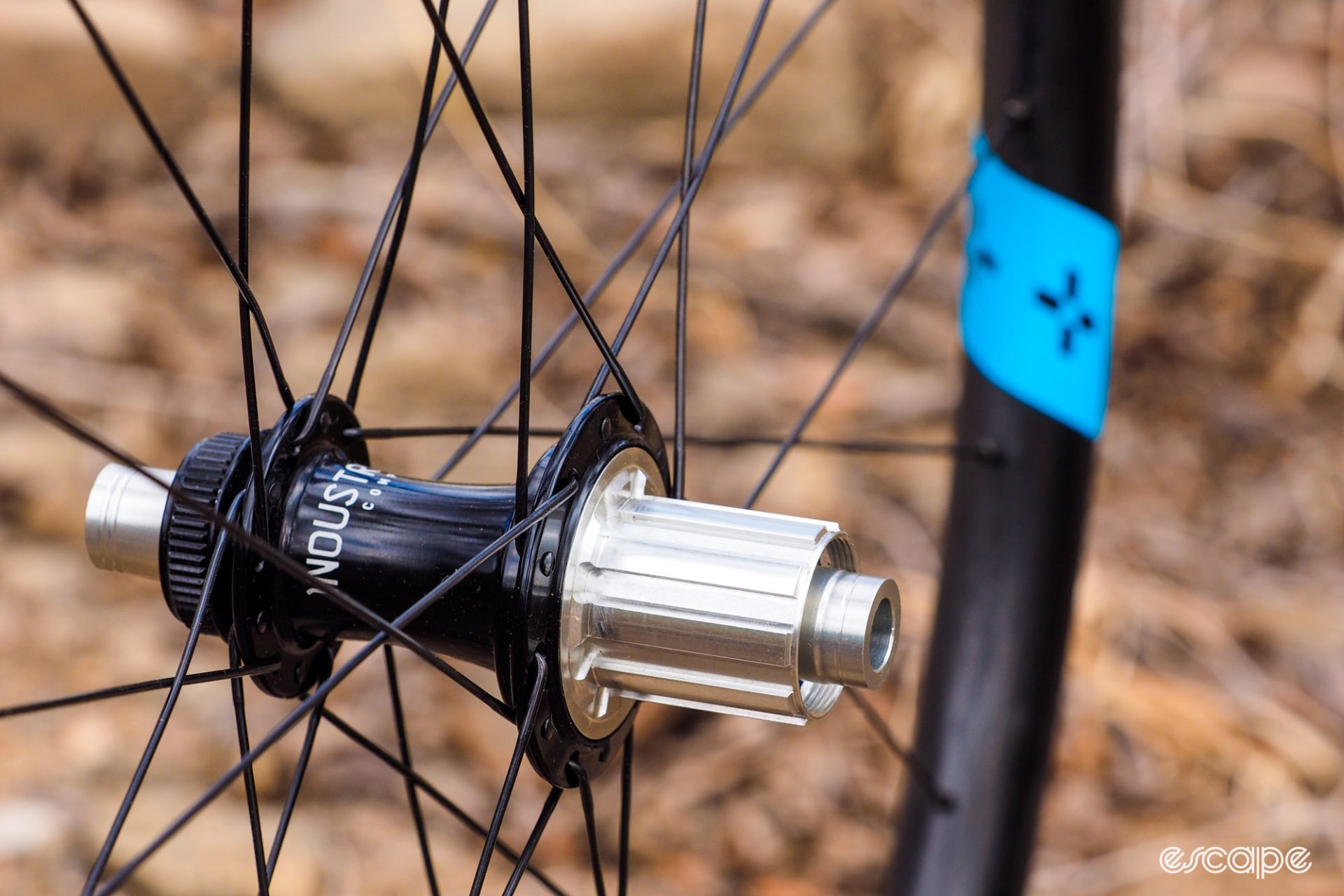
But does this ride quality actually offer any sort of performance advantage? On smooth ground, I’d say the difference will probably be too subtle for many riders to notice – these wheels will likely be paired with relatively high-volume tires, after all. But on any sort of even reasonably chunky gravel, the difference in ride quality is tangible to the point where it’s worth asking the question what sort of wheels you might really want when it comes to going fast on less-than-smooth terrain.
For so-called “champagne” gravel and well-maintained hardpacked dirt, an aero wheel is still the way to go. Physics is physics, and at anything above moderate speeds, most of your energy is devoted toward you and your bike punching a hole in the air with your bike. But even when you’re moving quickly, how well are you able to keep putting power down if you’re bouncing around all over the place? How fresh do you want to feel at the end of a very long day? In those situations, I’d argue a smoother-riding wheel would be more prudent despite the fact it might not always be the more obvious choice.
But couldn’t you just go with bigger tires and get the same effect? Sort of. That gives you more air volume and cushioning, but not necessarily damping. One is sort of like adding a longer spring, but the other is like filling the tire with foam, just without any sort of rolling resistance penalty. Both can be helpful, but we’re still talking about two different things. Regardless, the difference in ride quality with the 25 GR wheels is real; the only question is how much it matters to you.
Forge+Bond vs. the competition
Ok, so these wheels offer a distinctly smooth and muted ride quality. The problem is, so do some others, which brings us to the confusion part.
As I mentioned earlier, Forge+Bond’s parent company manufactures thermoplastic carbon rims for other brands, which, to date, includes Chris King, Revel, and Evil (and perhaps more that I’m overlooking). In this case, the closest equivalent to the 25 GR is the Chris King GRD23 R45D. Compared to 25 GRs, the Chris Kings are US$250 more expensive at US$2,850, although at this end of the market, that’s not exactly a massive difference. The same goes for the 23 mm (Chris King) vs. 25 mm (Forge+Bond) internal rim width – both are plenty wide for most gravel tires.
They’re also virtually identical in weight, and although the hubs are obviously different, my view is that Chris King and Industry Nine are very comparable in terms of quality, performance, serviceability, and engagement speed; it almost just comes down to personal preference.

The waters get even muddier when you look at thermoplastic carbon mountain bike wheelsets since the Evil Loopholes and Revel RW30 – at least on paper – are nearly identical to the Forge+Bond 30 EM. The 30 EM features a 30 mm-wide (internal width) hookless thermoplastic rim with a 22 mm depth and 530 g claimed weight (29” diameter). The Loopholes and Revel rims are slightly narrower at 29 mm, slightly deeper at 23 mm, but a fair bit lighter 489 g and 480 g, respectively. Both use Industry Nine Hydra hubs and Sapim spokes.
But whereas the Chris King gravel wheels are more expensive than the comparable Forge+Bond ones, the order is flipped for the mountain bike wheels. The Evil Loopholes and Revel RW30 both retail for US$2,200, while the Forge+Bond 30 EMs are substantially pricier at US$2,600. Why the discrepancy? Beats me.
Needless to say, it strikes me as a bit perplexing that an OEM manufacturer would come out with an in-house brand that’s in direct competition with its own customers (although we’ve seen it before, such as when Enve started making road frames). It’d be one thing if CSS Composites kept its most advanced technology for its own in-house brand and charged a premium across the board to match, but that’s not what’s happening here.
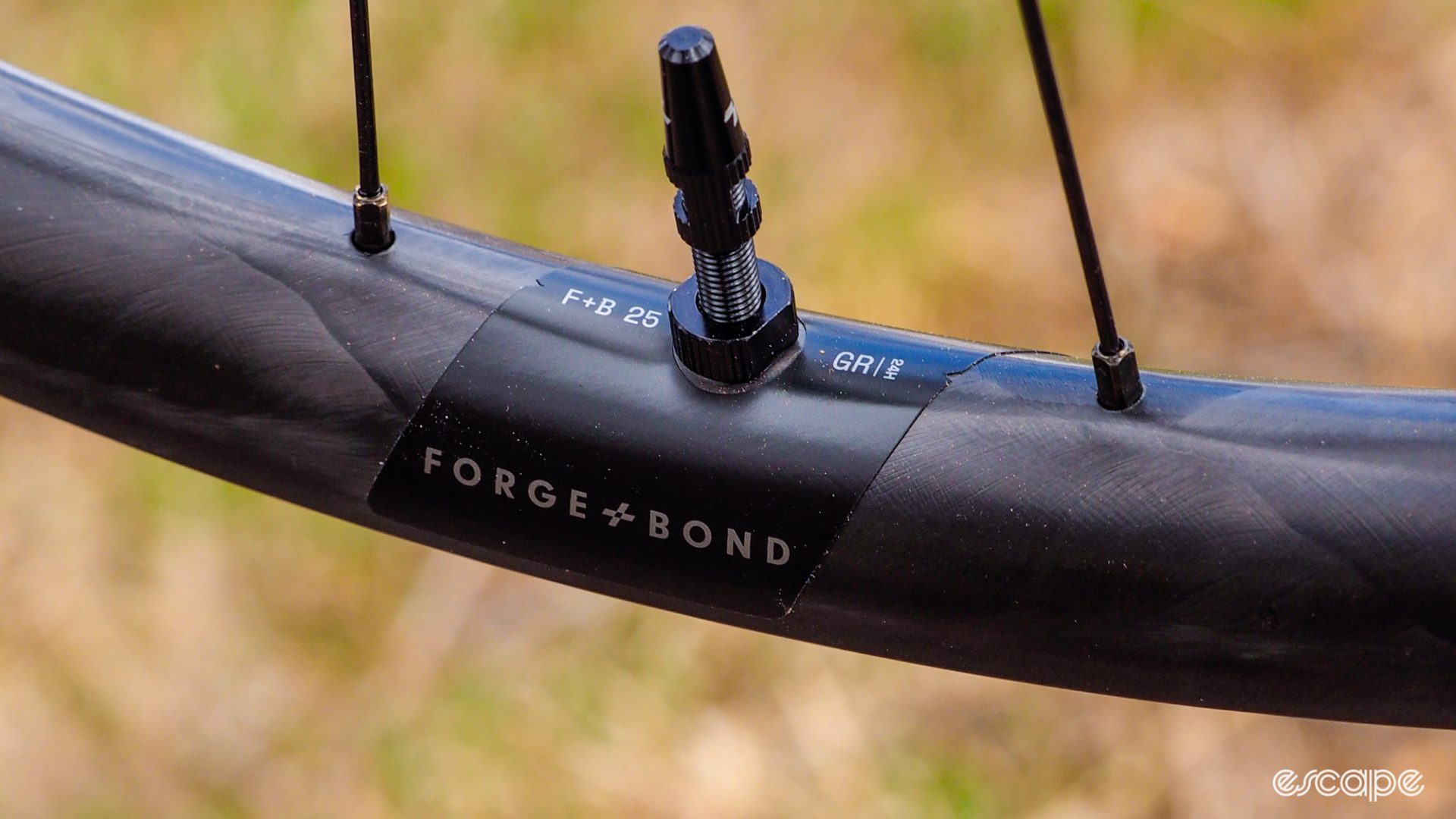
“All CSS Composites rims use some form of a cross-ply lay-up, but Radial Cross-Ply is Forge+Bond’s patented lay-up that, in the end, provides our wheels with added strength and compliance,” said Forge+Bond’s global marketing director, Travis Tomczak. “The Forge+Bond wheel utilizes the same base FusionFiber material and general process as the others, but where the difference rests – and, subsequently, the difference in performance – is in the way we engineer the lay-up that, ultimately, provides added strength and compliance characteristics.”
“Forge+Bond products are used as the advanced concepts or R&D area of our laminate and construction development,” added Kirby. “Therefore, Forge+Bond products can be considered ‘better’ in that they incorporate the latest of all our technologies and serve as a showcase of where we intend to take FusionFiber and the entire manufacturing process.”
Yeah, I don’t get it, either.
Forging a new direction?
The weirdness surrounding the OEM vs. own-brand thing doesn’t change the fact that the Forge+Bond 25 GR wheels do stand out from (most of) the thermoset crowd with that distinctly smoother ride, the supposedly superior impact durability, the enticing environmental angle, and competitive – though not overtly less expensive – pricing. I, for one, am excited to see how the technology progresses as there really is something here from which I believe many riders can benefit, and I’ve no doubt we’ll see a lot more thermoplastic wheels in the near future.
But will the subtle differences among the various labels using thermoplastic be enough for the Forge+Bond brand itself to move the needle? The high-end bicycle wheel model is notoriously competitive. However, given Forge+Bond’s ambitious growth plans, it’s apparently giving itself a generous amount of runway to find out.
More information can be found at www.forgeandbond.com.
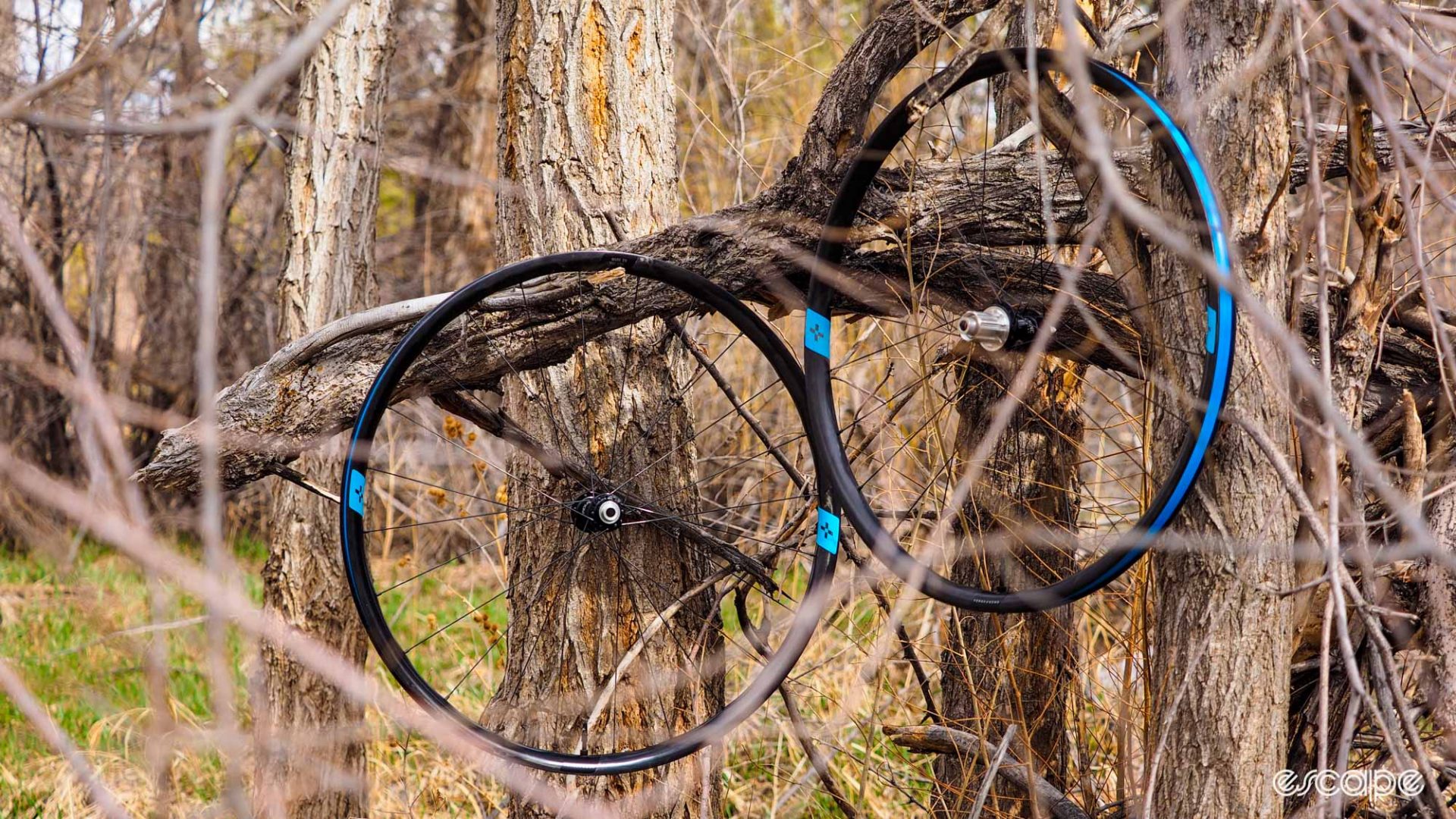
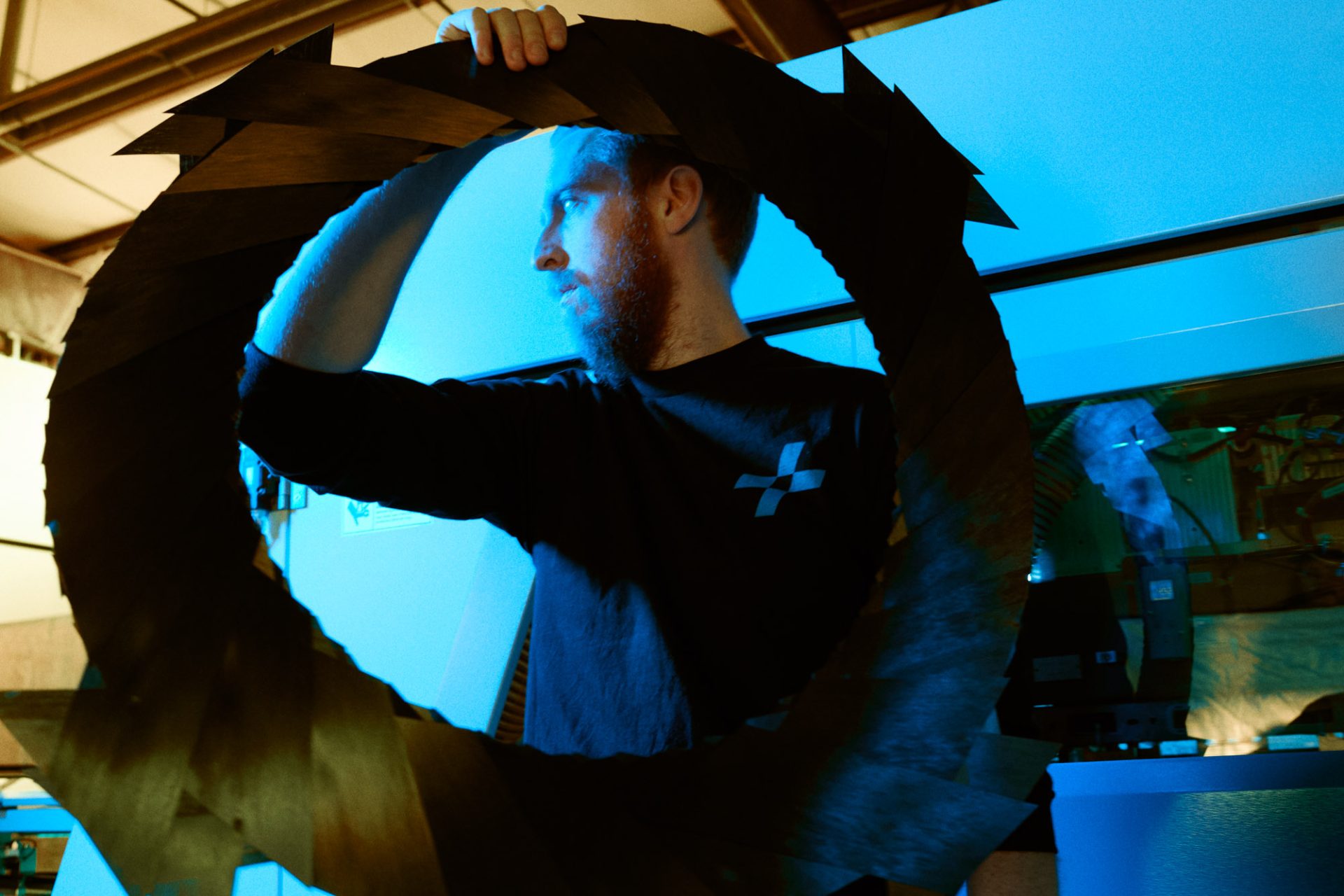
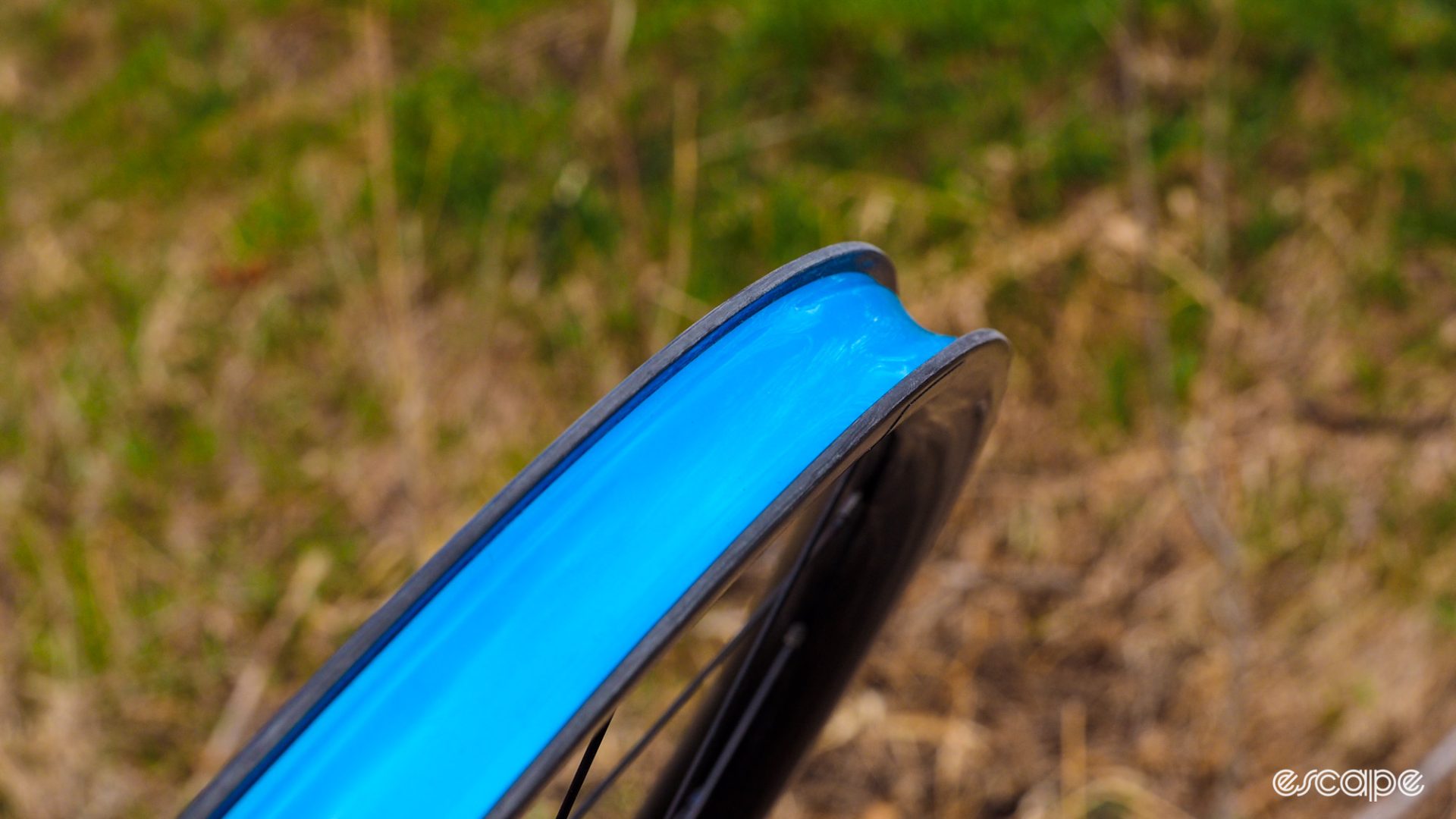
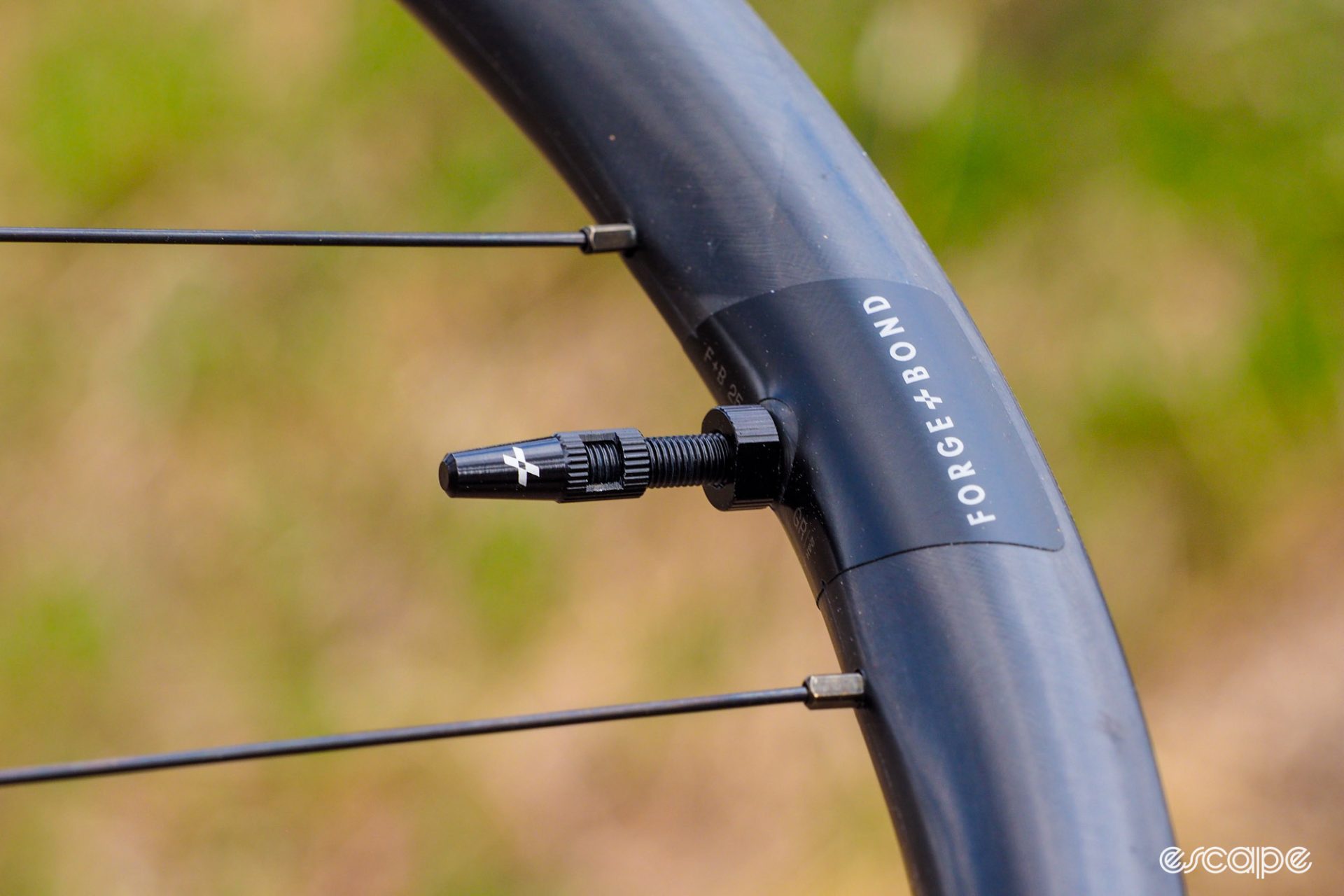


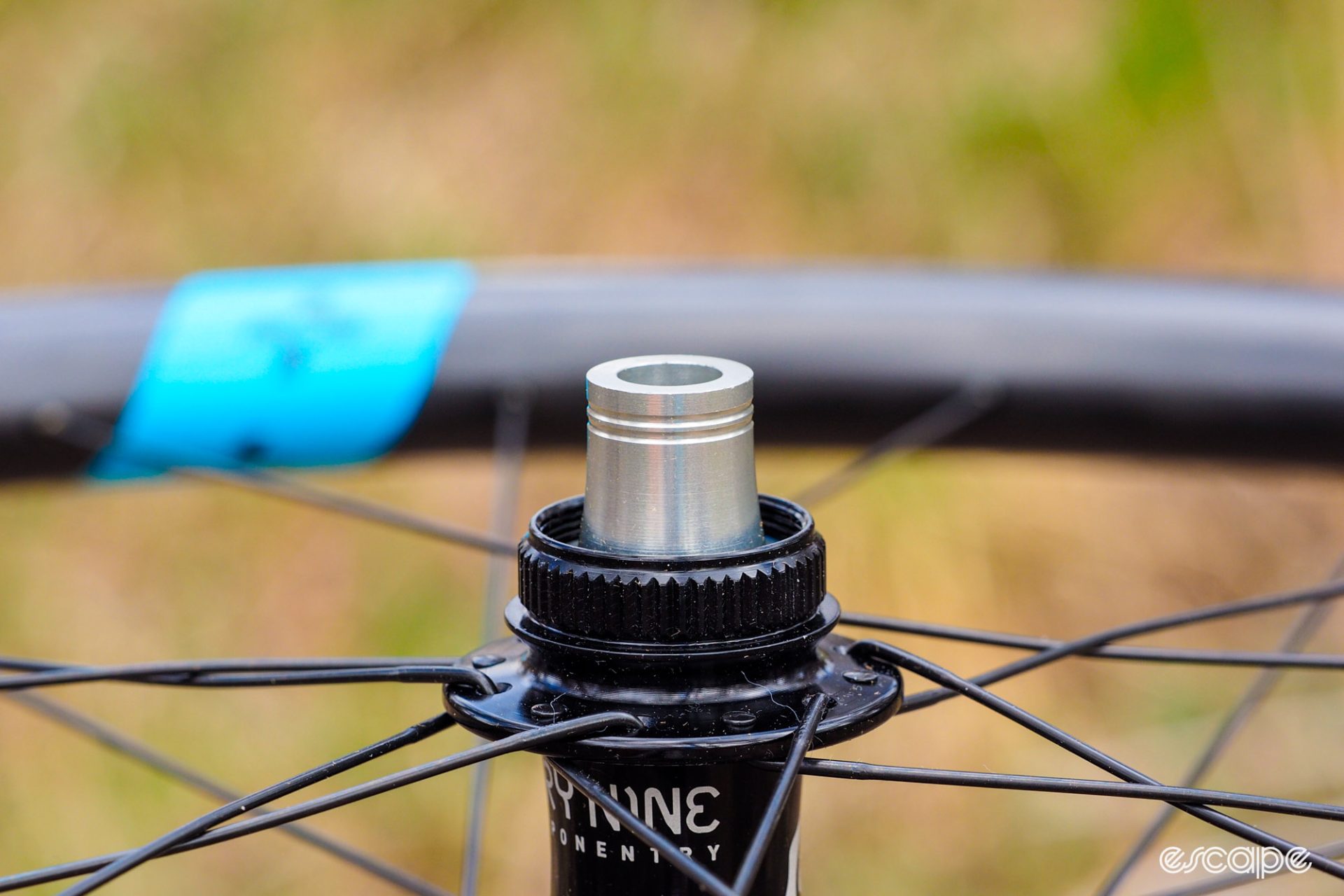
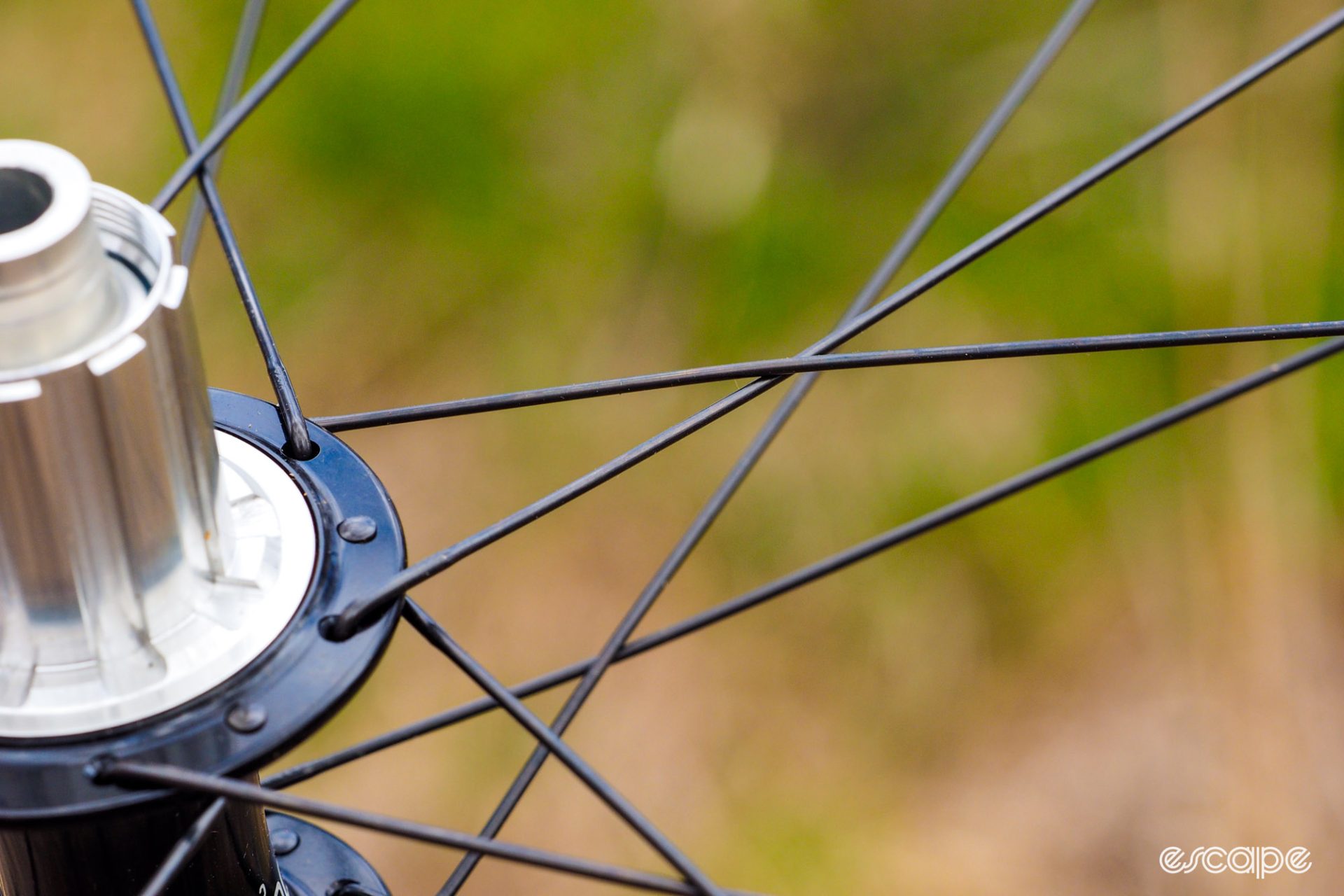
What did you think of this story?
